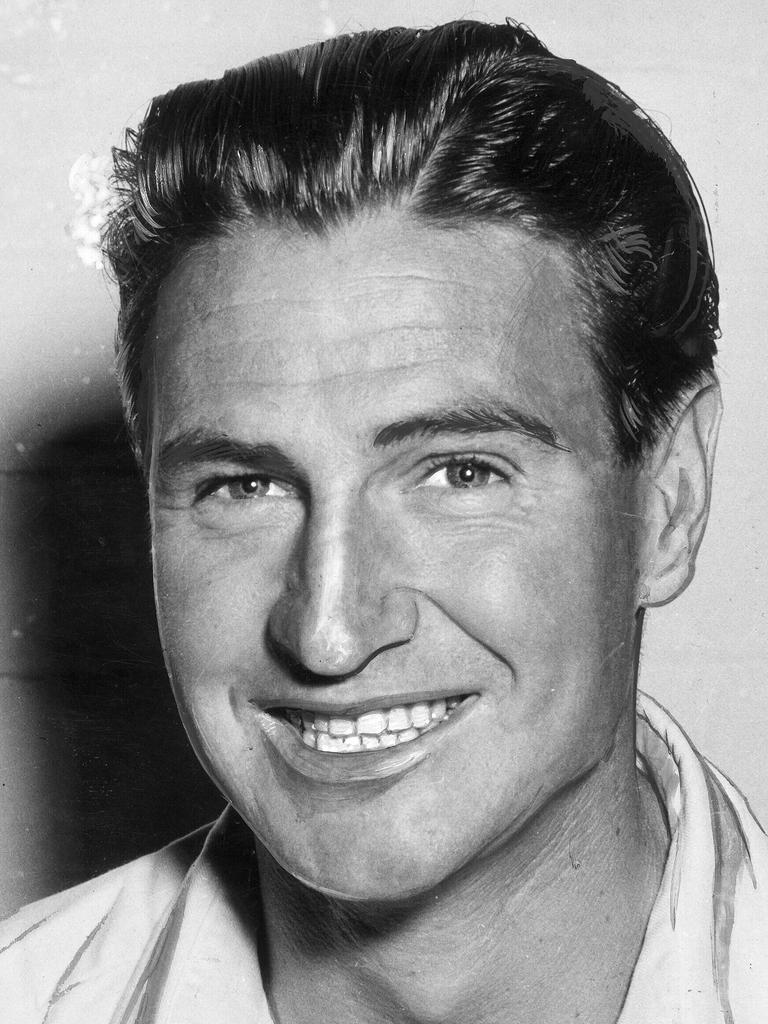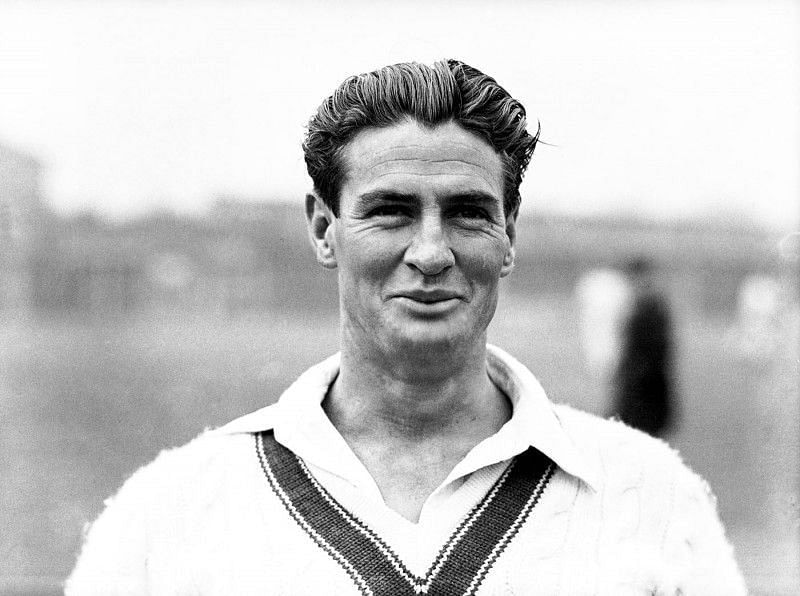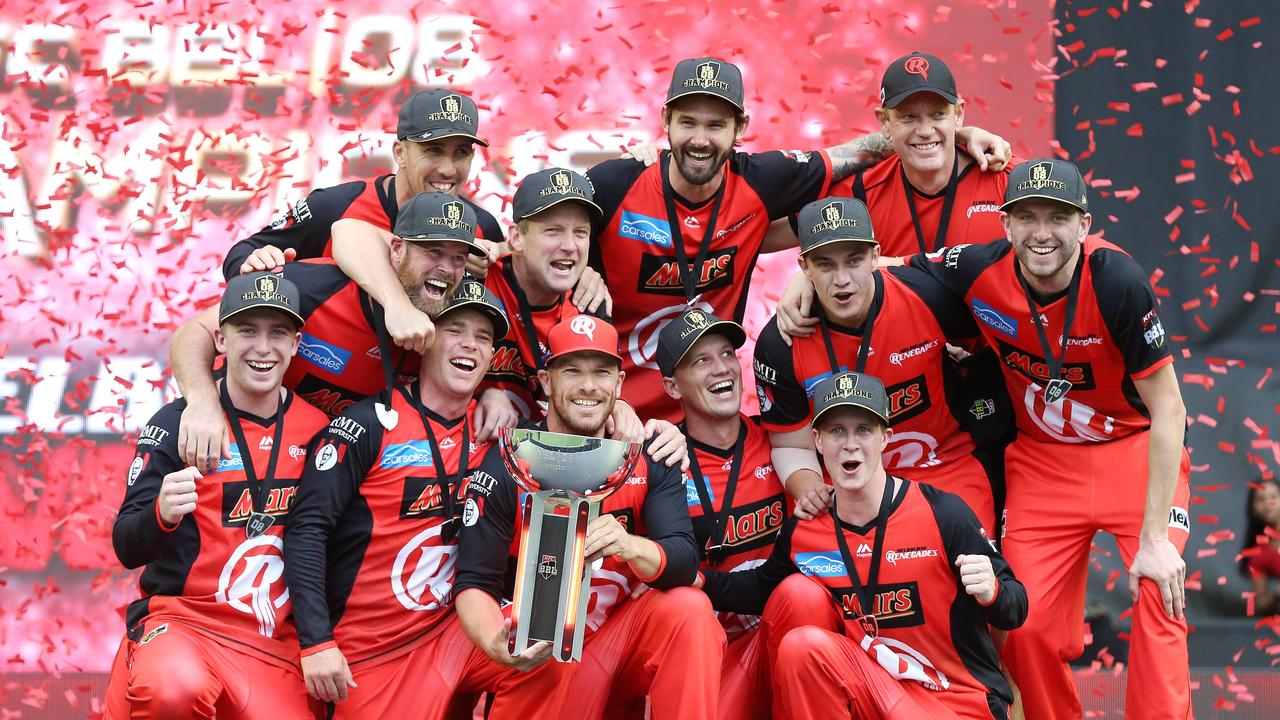When Keith Miller strode to the crease or steamed in bowling, spectators braced for sparking spectacle from a transcendent figure who lived counter-culturally across cricket and life itself.
His very presence evoked genius and joie de vivre fusing aristocratic flair with larrikin charm that enthralled crowds and team-mates equally during Australian ascent.
Miller’s versatile talents carved battered statistical ledgers across disciplines with bat and ball, his century mere prelude to a blur spell shattering opposition hopes.
But deeper still, his services in the RAAF colored perspective – trauma suffered nourishing empathy yet intensifying Miller’s drive to wring meaning from life’s offered opportunities. On cricket fields he enacted such zeal embracing risk and entertainment with cavalier bravado.
Article Highlights
Hide- Keith Miller was born on November 28, 1919, in Sunshine, a suburb of Melbourne, Victoria, and showed early talent in both cricket and Australian rules football.
- Miller served with distinction in the Royal Australian Air Force during World War II, developing qualities of discipline, resilience, and teamwork that reflected in his approach to cricket.
- In his cricketing career, Miller amassed 2,958 runs and captured 170 wickets in Test cricket, often turning matches in Australia's favor with his performances under pressure.
- After retiring, Miller transitioned to cricket commentator and columnist, leaving a lasting legacy as a towering figure in cricket history, both on and off the field.
Ultimately Miller governed via charismatic presence rather than showy authority, guiding young talents like bowling protégé Ian Davidson.
Beyond years his supple skills and zest cast irreplaceable imprints on Australia’s post-War rejuvenation both restoring national optimism and pioneering modern athleticism paired with audacious baseball showmanship absorbed from US military tours that still amazes eyes today.
Early Life and Upbringing
Keith Miller was born on November 28, 1919, in Sunshine, a suburb of Melbourne, Victoria, into a family where the values of sportsmanship and competition were instilled from an early age.
His upbringing in a culture that revered athletic prowess laid the groundwork for Miller’s storied future in cricket. The analytical examination of Miller’s formative years reveals a quintessential Australian sports narrative, marked by a childhood enriched with outdoor activities and informal games that honed his competitive spirit.
Javed Miandad
When Javed Miandad assumed his idiosyncratic batting stance, crowds intuitively sensed imminent ... Read More
Miller’s early life was characterized by a relentless pursuit of excellence in various sports, not just cricket. This multi-sport background provided a comprehensive athletic education that would later inform his dynamic approach to cricket.
Detailed accounts of his youth sports involvement show a clear trajectory towards his eventual dominance in cricket; from school-level competitions to local club matches, Miller’s abilities were being sharpened against a backdrop of robust amateur sports culture.
Objectively, Miller’s upbringing was conducive to the development of a well-rounded sportsman. The liberation from a single-sport focus allowed him to cultivate a diverse skill set that would later become the hallmark of his playing style.
By transcending the traditional confines of specialized training, Miller’s early years sowed the seeds for his future as a versatile and fearless competitor on the international stage.
Keith Miller: Military Service and Character
During World War II, an indelible chapter in Miller’s life was authored as he served with distinction in the Royal Australian Air Force (RAAF), an experience that profoundly shaped his character and poise, both on and off the cricket field.
As an airman, Miller was subjected to rigorous military training and combat situations that demanded discipline, resilience, and teamwork—qualities that were later reflected in his approach to cricket.
Analytically, Miller’s wartime service contributed to a multifaceted personality that combined competitiveness with a laconic attitude, often seen in his nonchalant demeanor during high-pressure matches.
His military background instilled a sense of fearlessness, which became evident in his aggressive batting style and versatile bowling.
The detailed examination of Miller’s post-war cricketing exploits reveals a man undaunted by the opposition, drawing parallels with his steadfastness as a pilot.
Objectively, the influence of military service on Miller’s character can be gauged through his leadership and camaraderie on the field.
His commitment to fair play and disdain for authoritarianism resonated with audiences yearning for liberation from post-war austerity, making him a sporting icon of freedom and individuality.
Cricketing Career Highlights
Amassing a total of 2,958 runs and capturing 170 wickets in Test cricket, Miller’s career highlights underscore the exceptional all-round talent he brought to the international stage.
His prowess was not merely in his statistics but also in his ability to deliver under pressure, often turning matches in Australia’s favour with his dynamic performances.
An analytical dissection of his career reveals a player who not only excelled with bat and ball but also fielded with agility, epitomizing the quintessential cricketer.
Miller’s batting average of 36.97, coupled with his bowling average of 22.97, reflects a rare duality in cricketing proficiency. Detailed examination of match records shows his highest Test score of 147 against England in the Adelaide Test of 1947, a pivotal innings that fortified his reputation.
Objective scrutiny of his bowling highlights includes a best performance of 7/60 against England in the Sydney Test of 1956, demonstrating his capability to dismantle even the most steadfast batting line-ups.
Keith Miller’s career was punctuated with such highlights, which not only exemplify his individual brilliance but also his contribution to the team’s success.
His legacy is a testament to the liberation that comes from mastering all aspects of the game, inspiring generations to pursue excellence without constraints.
Keith Miller: Notable Statistics and Records
Building on his impressive career highlights, Miller’s statistical legacy is further cemented by a series of records and notable numbers that showcase his exceptional all-round capabilities in the sport.
His contributions with both bat and ball placed him among the finest cricketers of his era, and his statistics offer a quantifiable testament to his prowess on the cricket field.
- Test Batting Average: Maintained a robust batting average above 36, an impressive feat for a player also tasked with bowling duties.
- Test Bowling Average: Excelled with the ball, achieving a bowling average below 23, which is indicative of his consistent ability to take wickets economically.
- Double Threat: One of the few players with the distinction of scoring over 2,950 runs and taking more than 150 wickets in Test cricket, highlighting his dual-threat status.
- Noteworthy Performances: Delivered numerous match-winning performances, including multiple instances of scoring a century and taking five wickets in an innings – a rare achievement.
- Influential Matches: Played pivotal roles in key series, including The Ashes, where his all-around contributions significantly affected the outcomes of the matches and series.
Through an analytical and objective lens, these detailed statistics demonstrate Miller’s significant impact on the game and underline the liberating power of his sporting excellence.
Post-Cricket Life and Legacy
After retiring from professional cricket, Keith Miller’s influence on the sport extended beyond his playing days, as he became a respected cricket commentator and columnist, shaping the game’s narrative and leaving a lasting legacy.
His post-cricket career was marked by a transition from the field to the press box, where his insights and forthright opinions continued to impact the cricketing world.
Miller’s commentary was not only informed by his extensive experience but also by a desire to foster a more liberated and progressive understanding of the game.
Analyzing Miller’s contributions to cricket journalism reveals a commitment to preserving the sport’s integrity while advocating for change where necessary.
His columns were replete with incisive analysis, often addressing the evolving strategies, player management, and the psychological aspects of cricket.
Through his work, Miller championed the need for cricket to adapt and embrace modernity, while never losing sight of the rich traditions that underpin it.
Miller’s legacy is thus twofold: he remains a towering figure in cricket history, both for his on-field prowess and his off-field contributions to cricket discourse.
His advocacy for the sport’s evolution continues to resonate today, inspiring new generations to approach cricket with the same blend of reverence and critical thought that he exemplified.
Final Take
Keith Miller’s legacy in cricket is marked by his multifaceted skill set, which contributed significantly to the post-war era of the sport. His military service infused a fearless character into his cricketing demeanor, enhancing his on-field prowess.
Statistical analysis of his career reveals not only impressive personal records but also the impact he had on game outcomes.
Post-cricket, Miller’s influence persisted through various roles, ensuring his indelible imprint on the game’s history.

















